ALBERTO ORTEGA-TREJO
Mexican artist, researcher and architectural designer.
Get in touch by clicking here: ✉
His work uses architecture,
drawing, sculpture, writing and video to explore histories of indigeneity in architectural
modernity, the production of extreme environments, the spatial politics of the colonial encounters in North America and the architectures of social experiments. He has been
an IDEAS Fellow of the Society of Architectural Historians and a grantee of Jumex
Foundation for Contemporary Art, Andrew W. Mellon Foundation, and DCASE,
among others. His work has been shown at Prairie, DePaul Art Museum, BienalSur, Ca’ Foscari
Zattere, Rhona Hoffman Gallery, Andrew Rafacz Gallery, Uri-Eichen Gallery, SpaceP11
and Centro de Arte y Filosofía. He has been a guest speaker for institutions and
organizations like DocTalks x MoMA for the Emilio Ambasz Institute, the American Institute
of Architects, the Society of Architectural Historians, Smart Museum of Art, Materia
Abierta, UPenn, MAS Context and CENTRO.
He is a lecturer of Architecture History and Studio at the School of the Art Institute of Chicago, the Program Manager of the Katz Center for Mexican Studies at the University of Chicago and an Independent Spatial Designer.
UPCOMING:
La mitad de abajo: ecosistema en penumbras. Asamblea de Artistas y Activistas del Valle del Mezquital. Galería A4, Tlahuelilpan, Hidalgo. Oct 5, 2025, 1PM.
ARTIFICIAL-AGENCY
Architectural Consultancy
Exhibition Strategy
Research and Publication
Previous clients and collaborators include, Art Institute of Chicago, Singapore Art Museum, Edith Farnsworth House, Goethe-Institut Chicago, Michael Rakowitz Studio, Black Athena Collective, Dawit L. Petros, and Center for Latin American Studies at The University of Chicago.
Keep scrolling for selected projects ↆ
The Last of Animal Builders
At Mies van der Rohe’s Edith Farnsworth House
Curatorial Project
Artists: ASMA, Faysal Altunbozar, Selva Aparicio, Daniel Baird, Renée Green, Claudia Hart, Ragnar Kjartansson, Thiago Rocha Pitta, Joshi Radin & Michael Rakowitz.
Special thanks to Eden Manresa and Corcoran Industrial, for production assistance and to Gabriel Moreno of POCO Projects for exhibition fabrication and installation.
![]()
![]()
![]()
![]()
![]()
![]()
![]()
![]()
![]()
![]()
![]()
![]()
![]()
![]()
![]()
![]()
![]()
![]()
Special thanks to Eden Manresa and Corcoran Industrial, for production assistance and to Gabriel Moreno of POCO Projects for exhibition fabrication and installation.
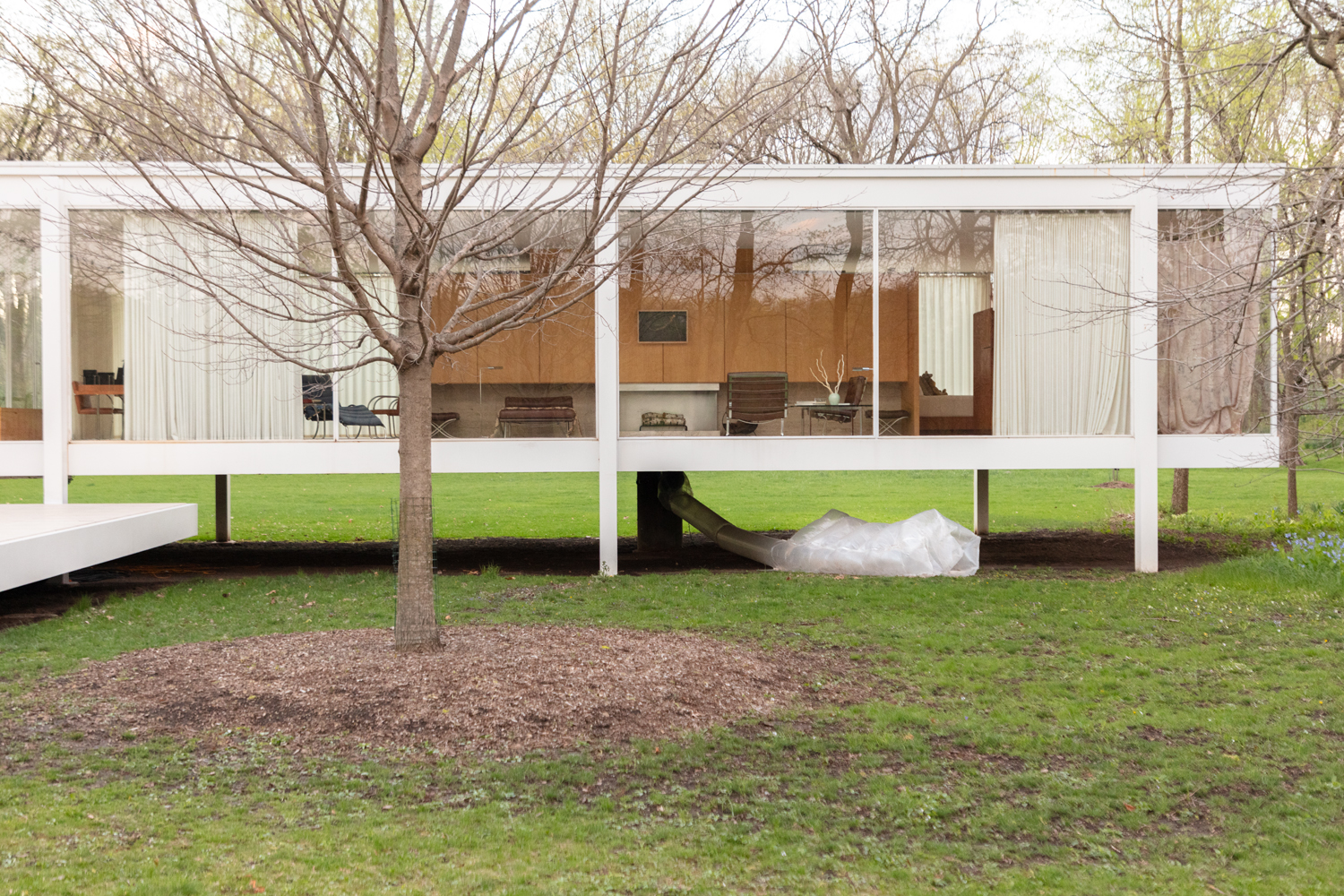
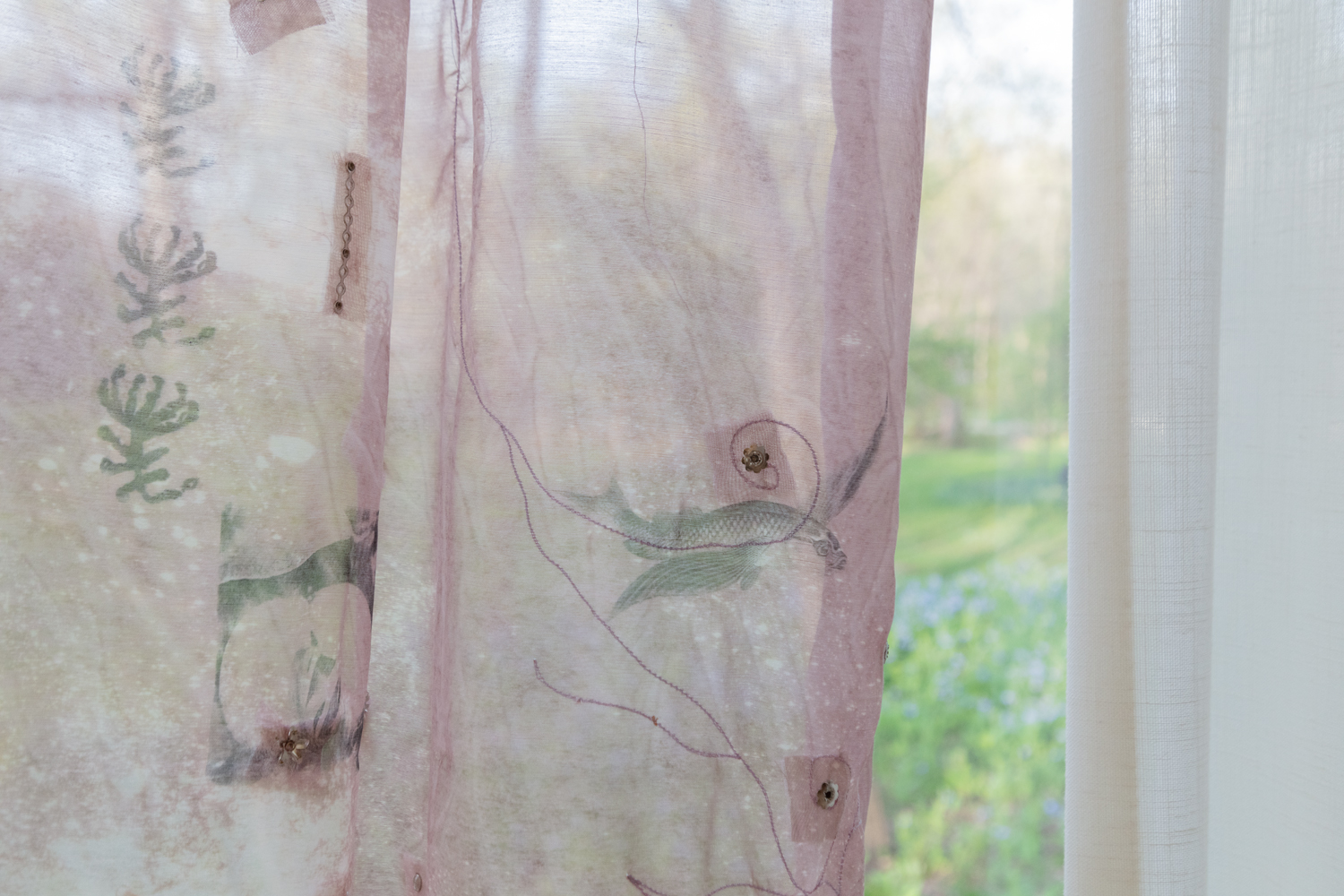
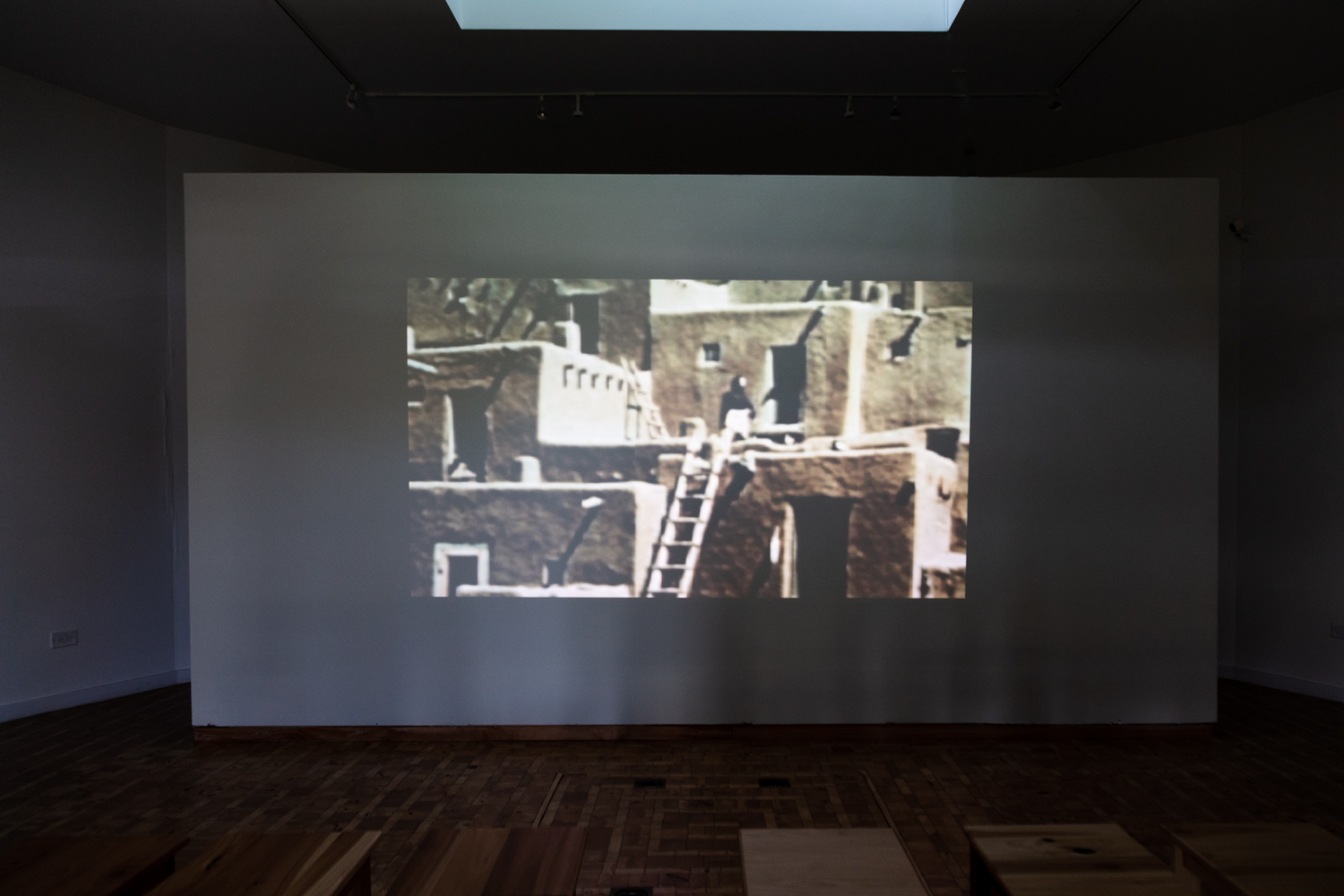
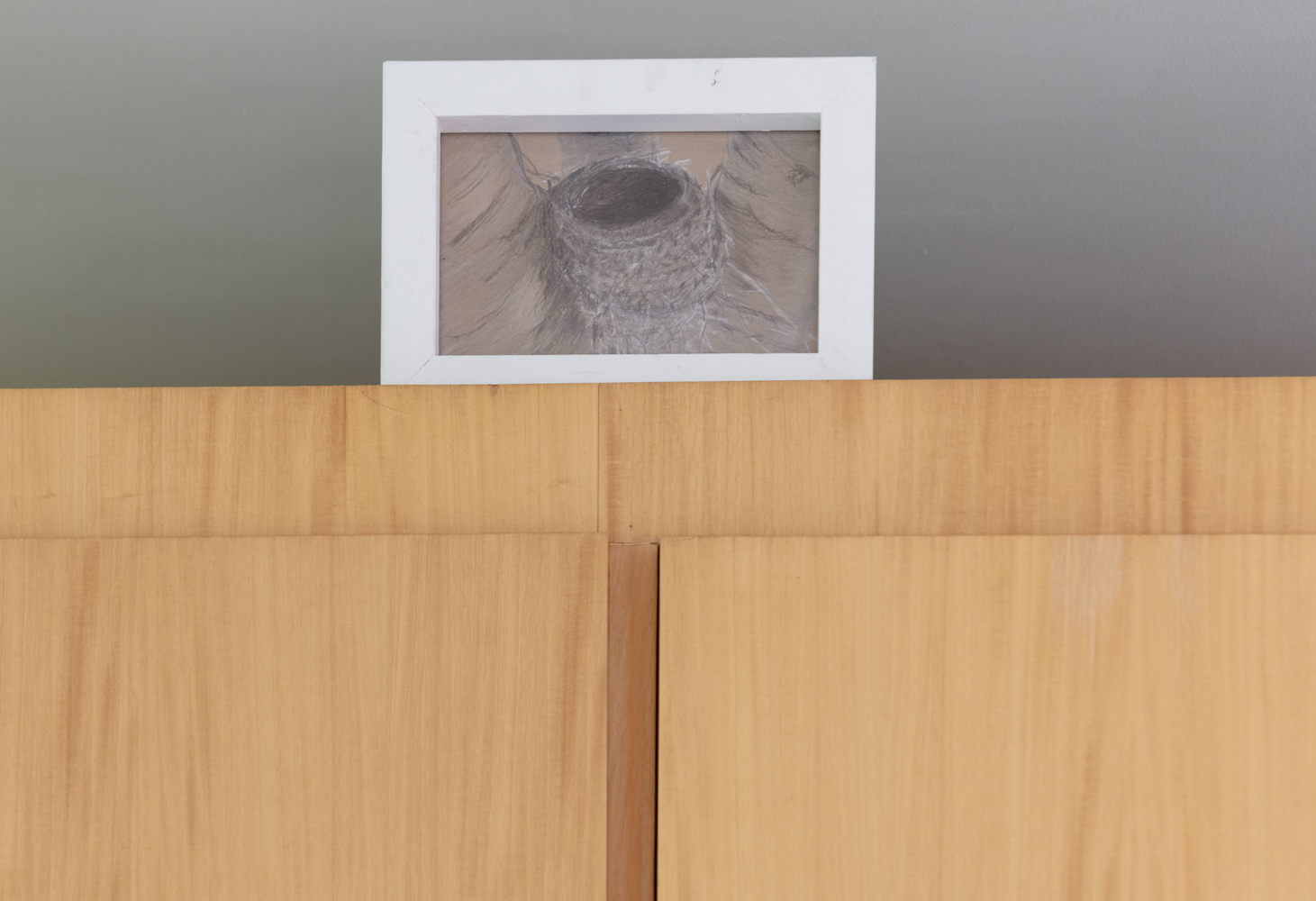
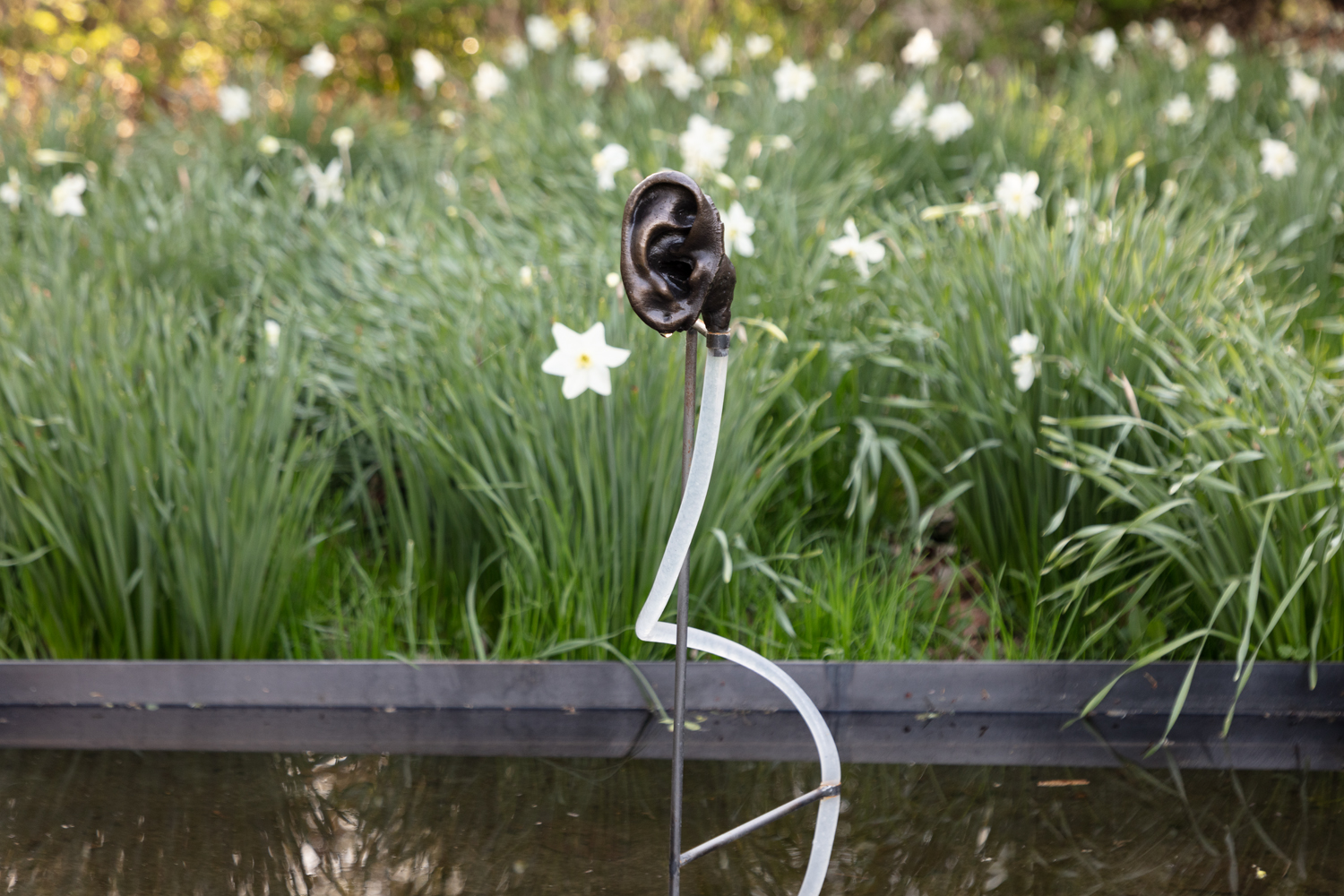
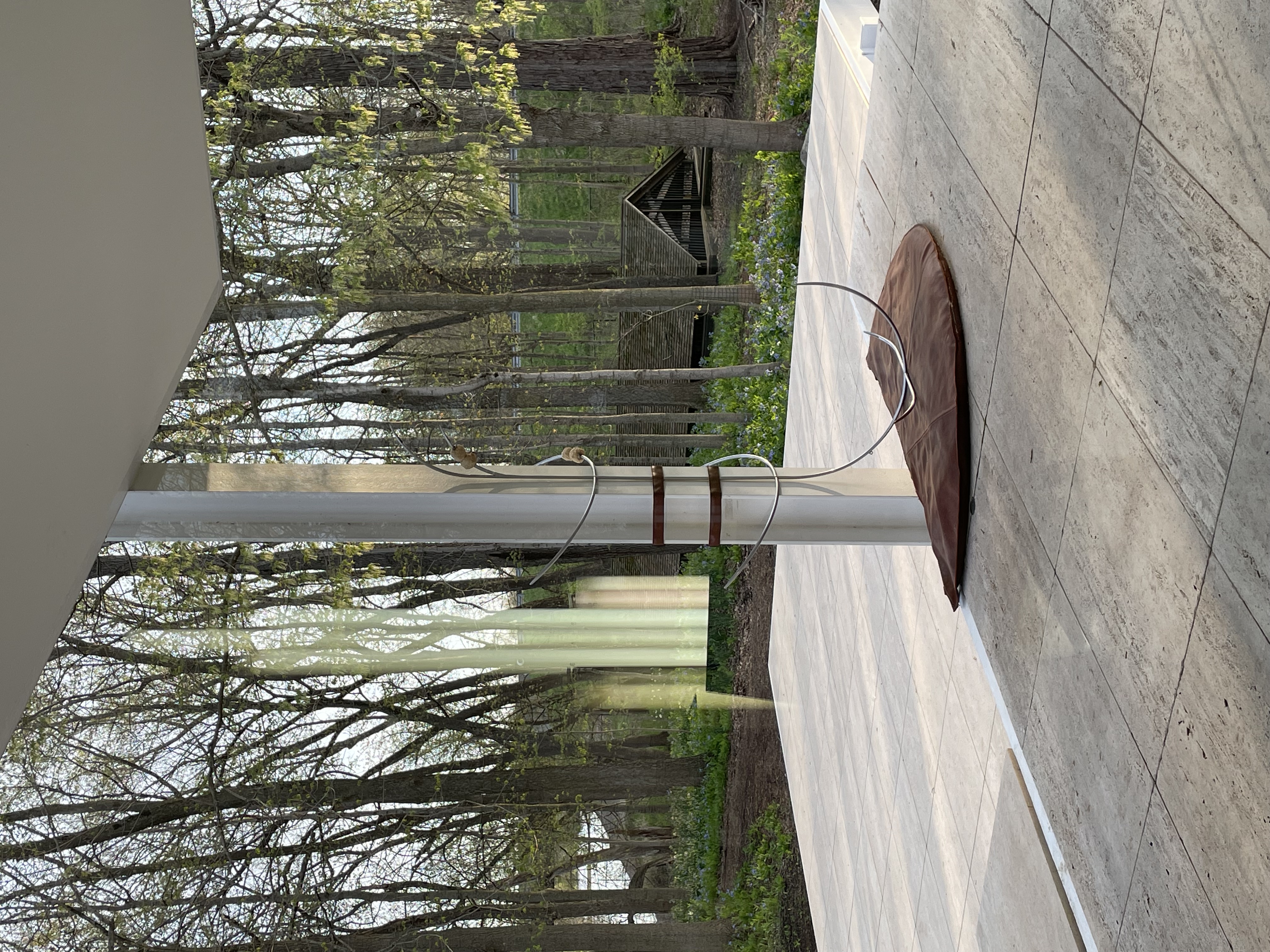
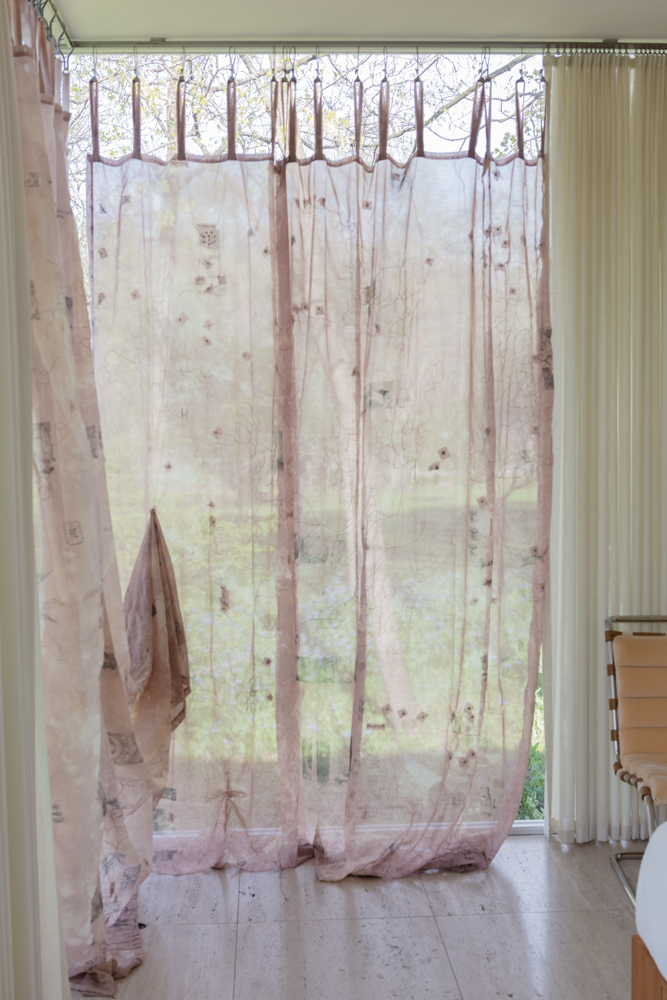
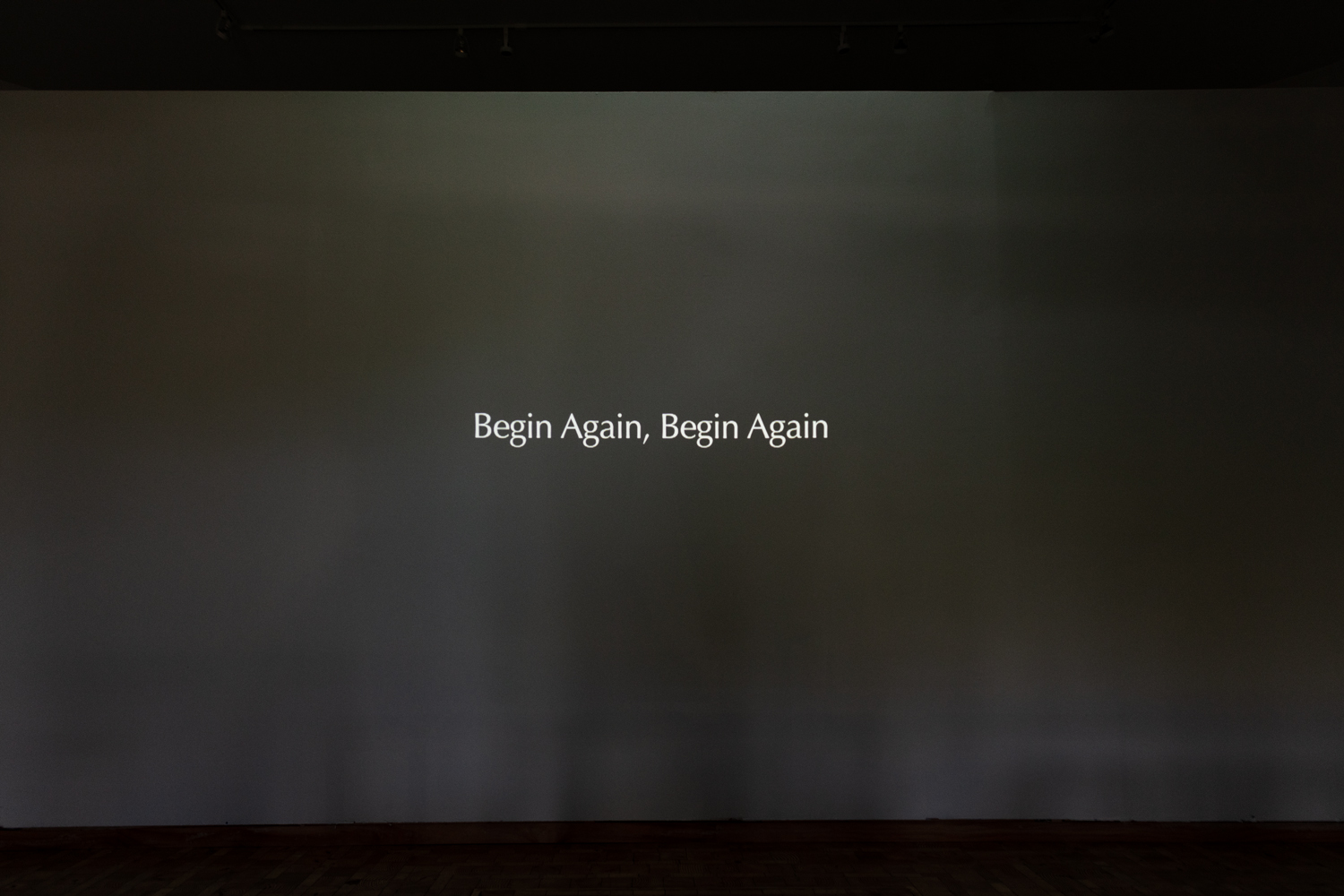
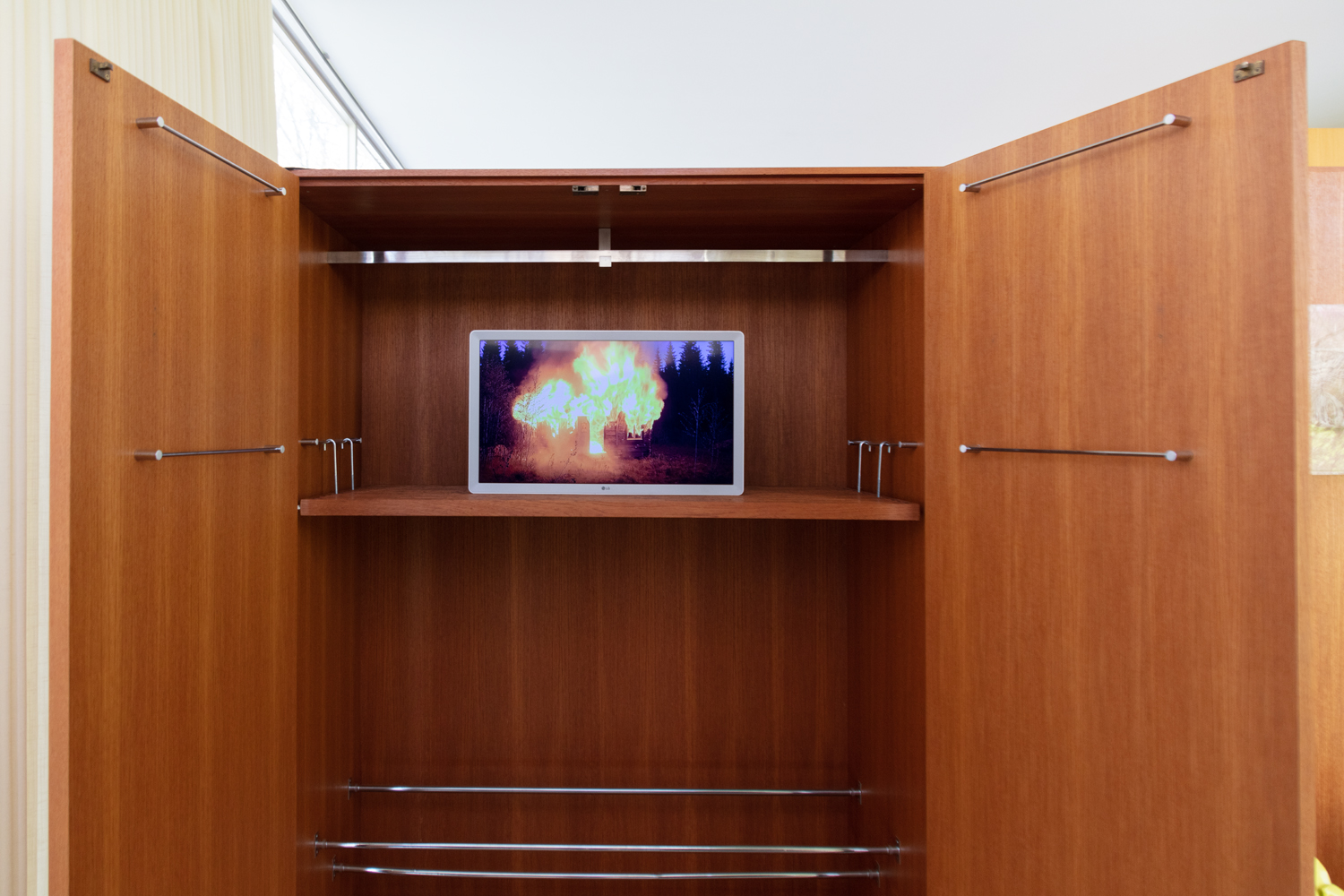
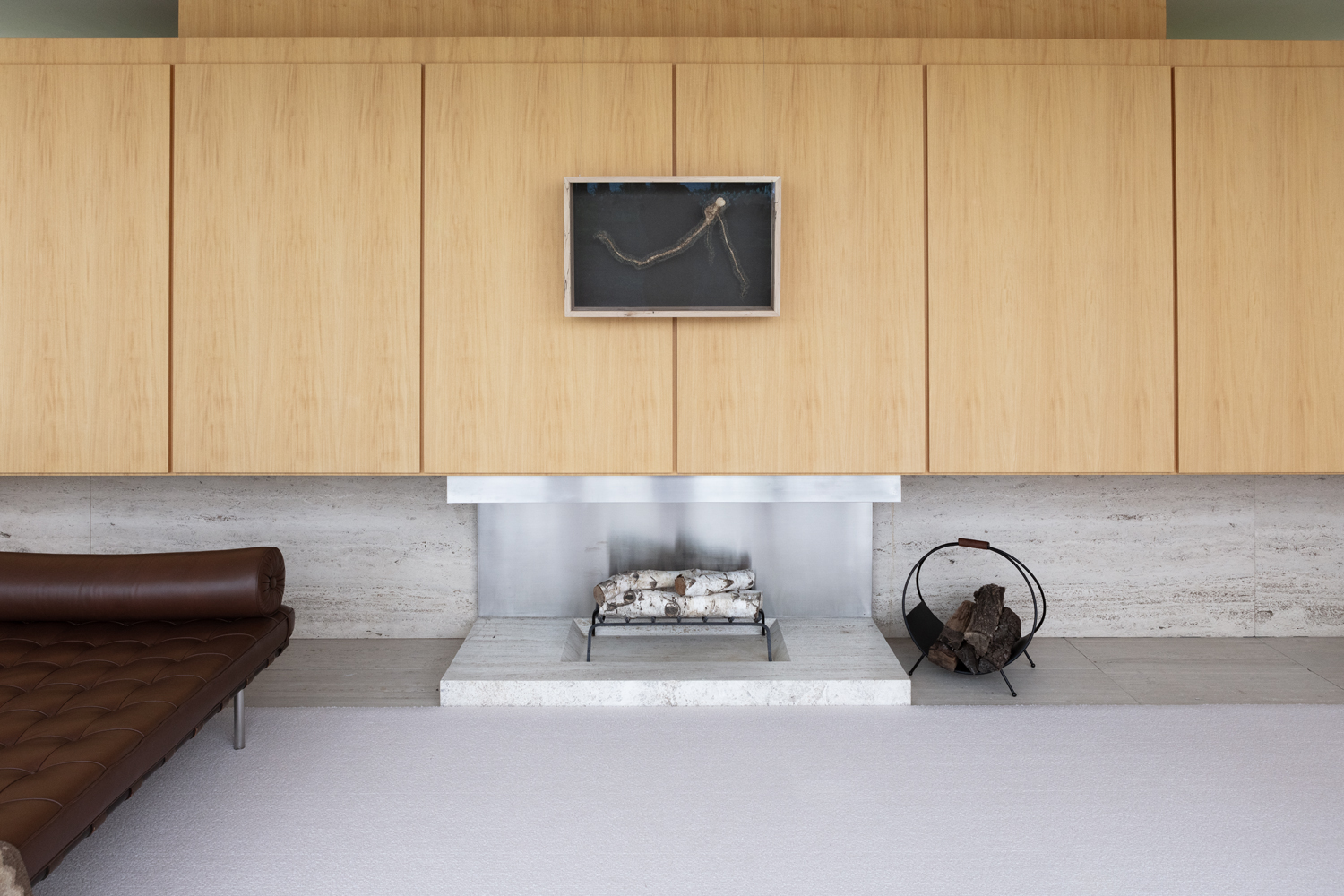
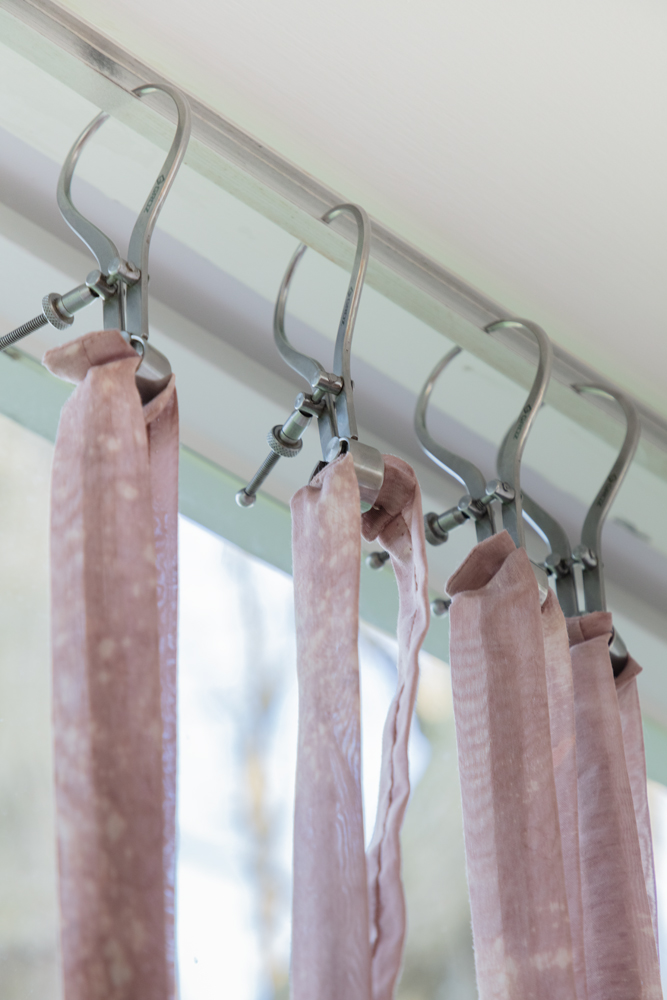
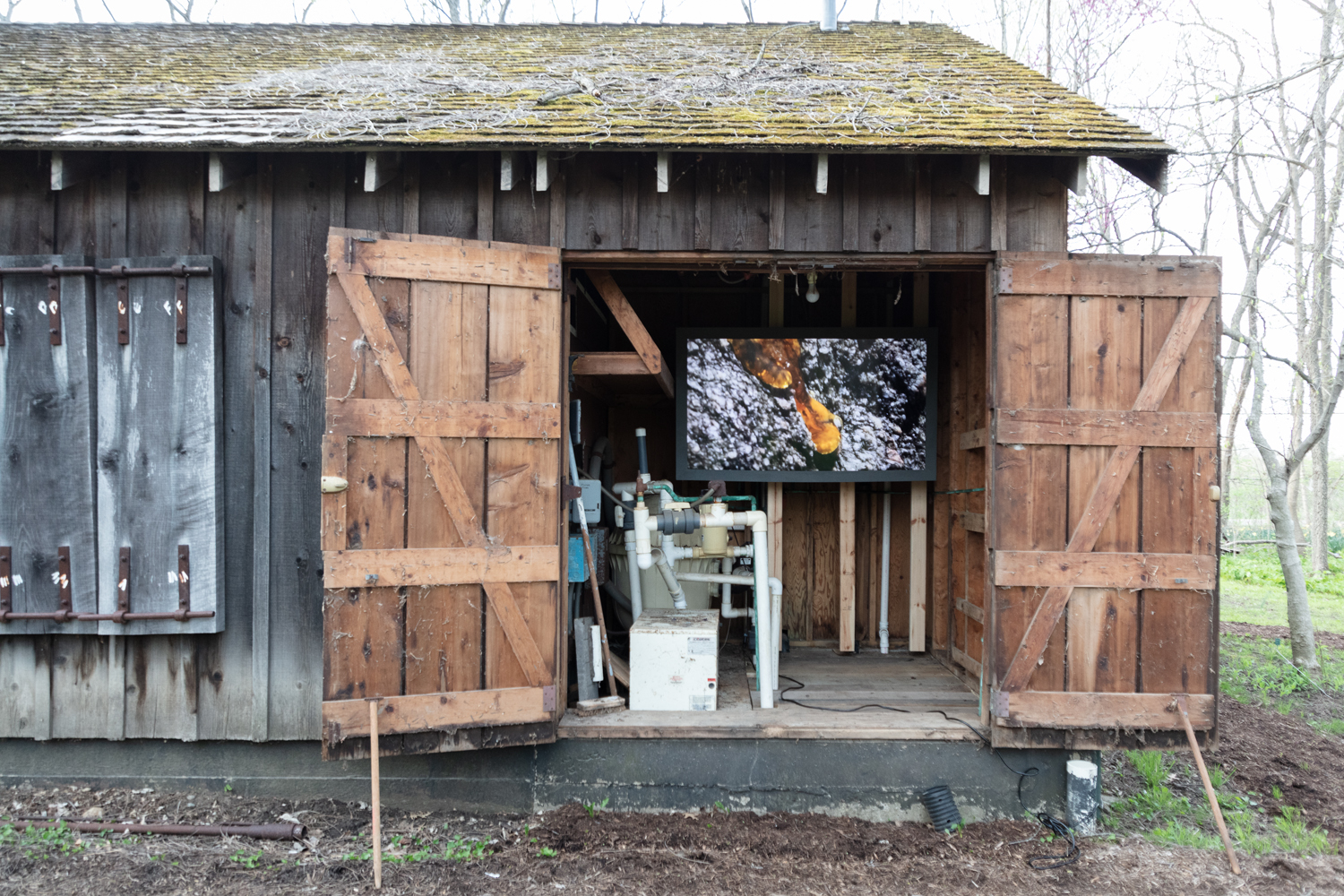
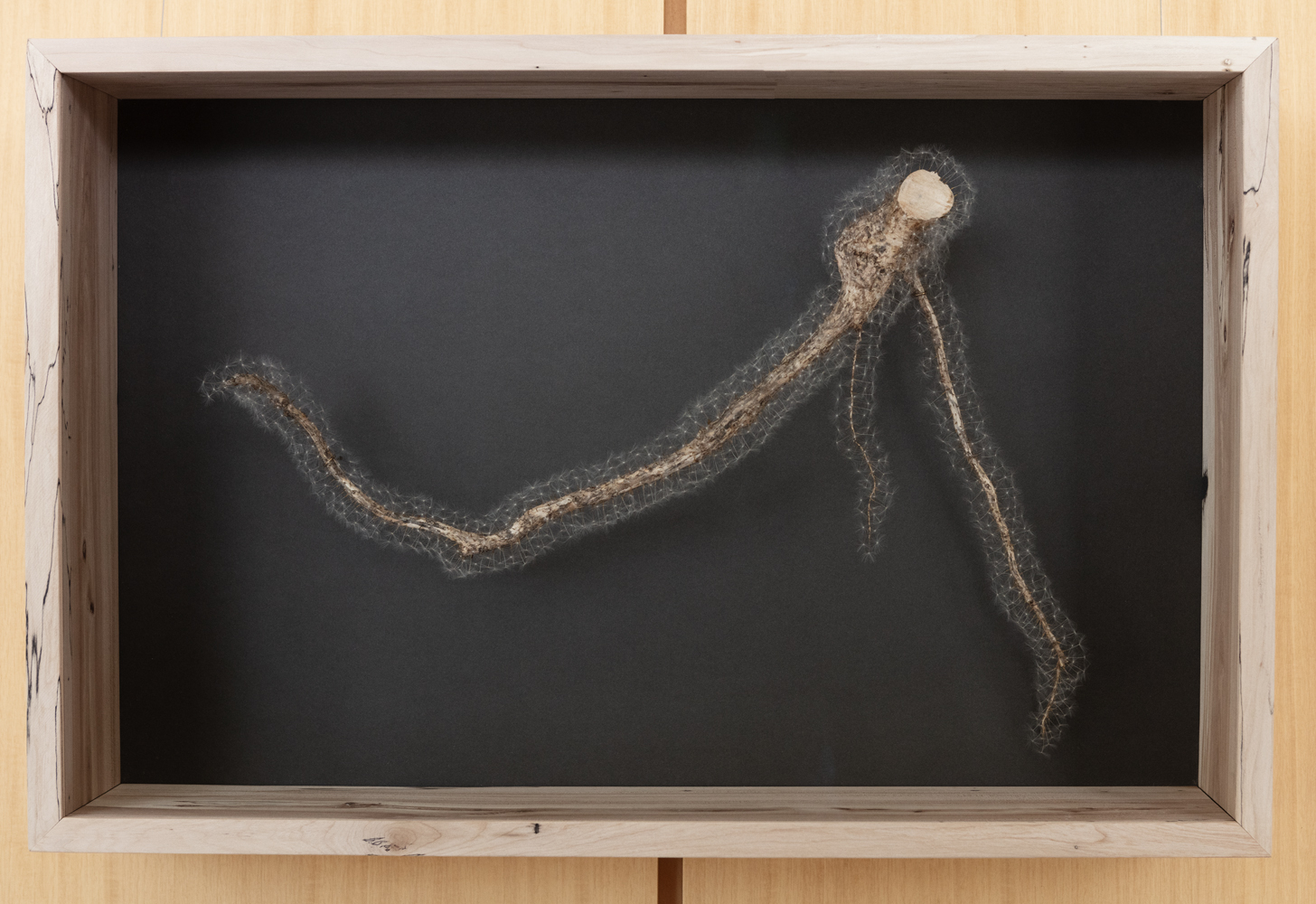
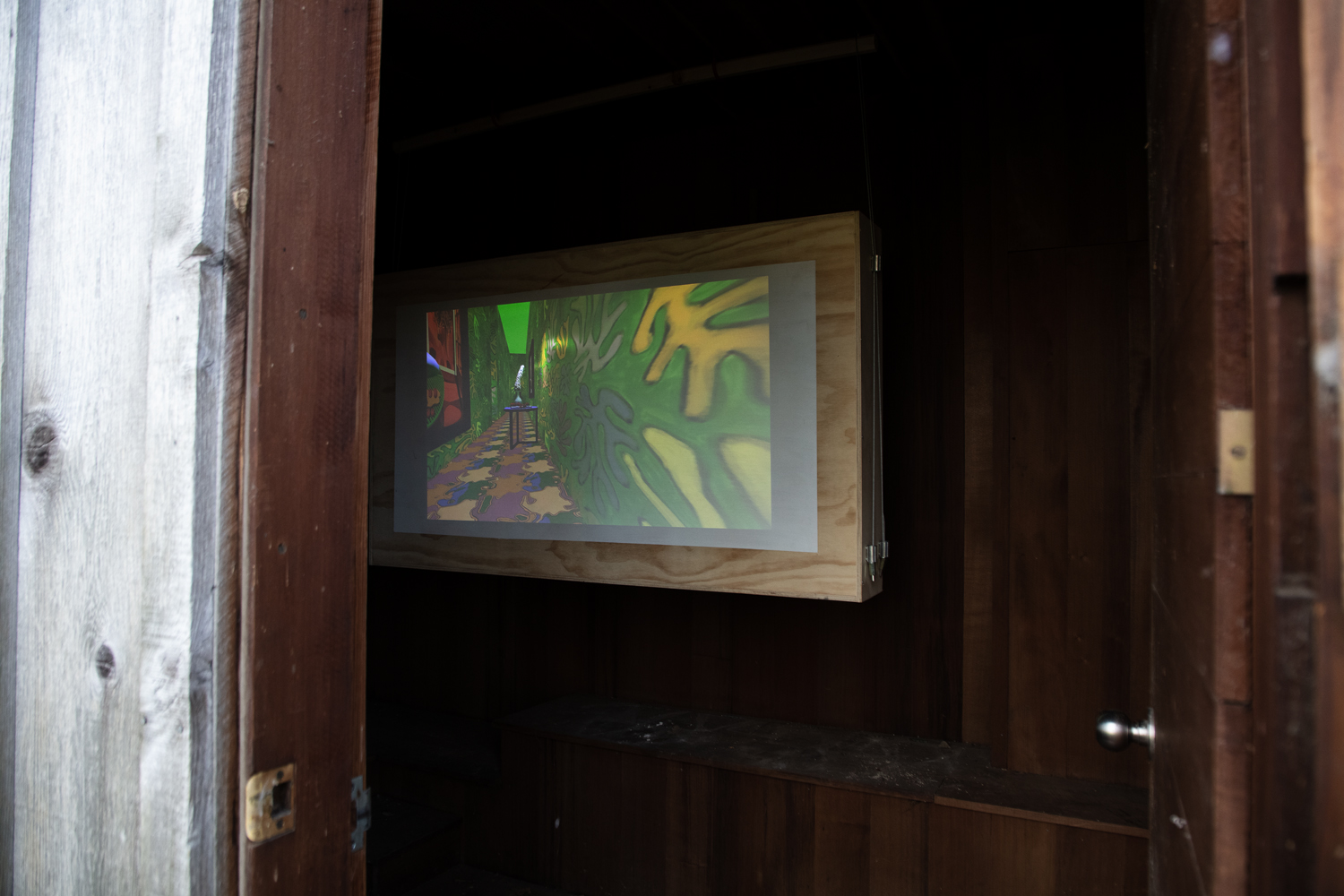
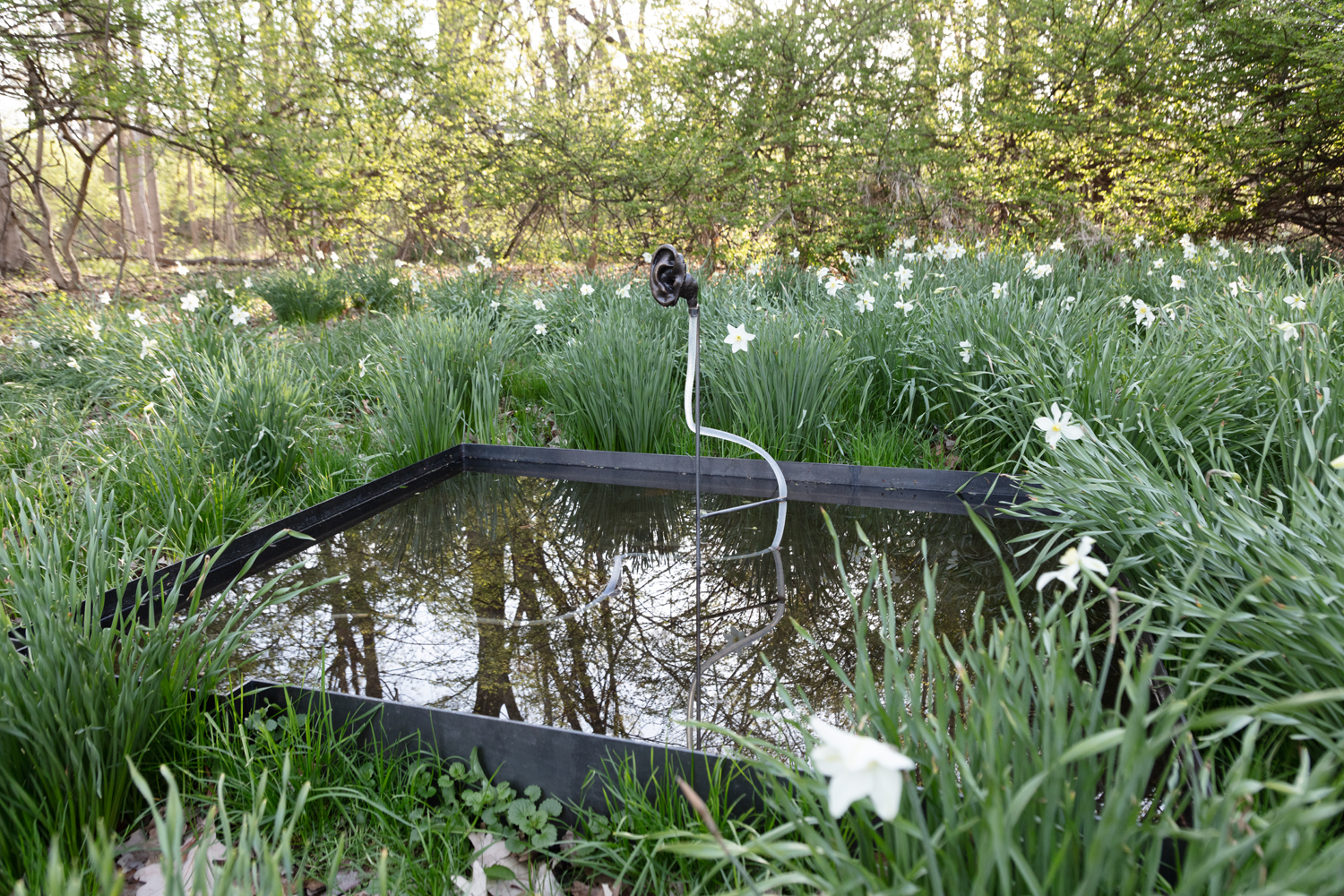
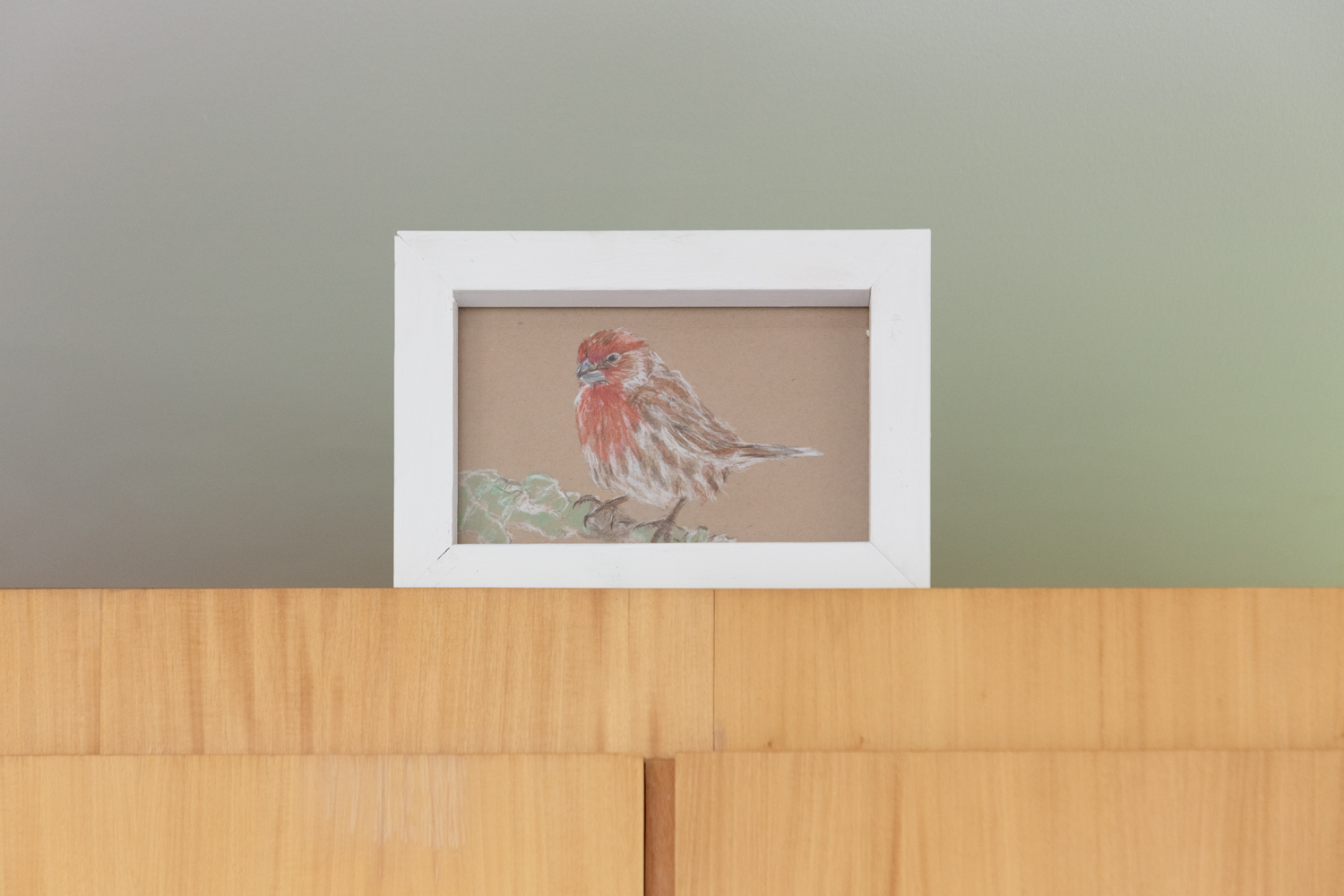
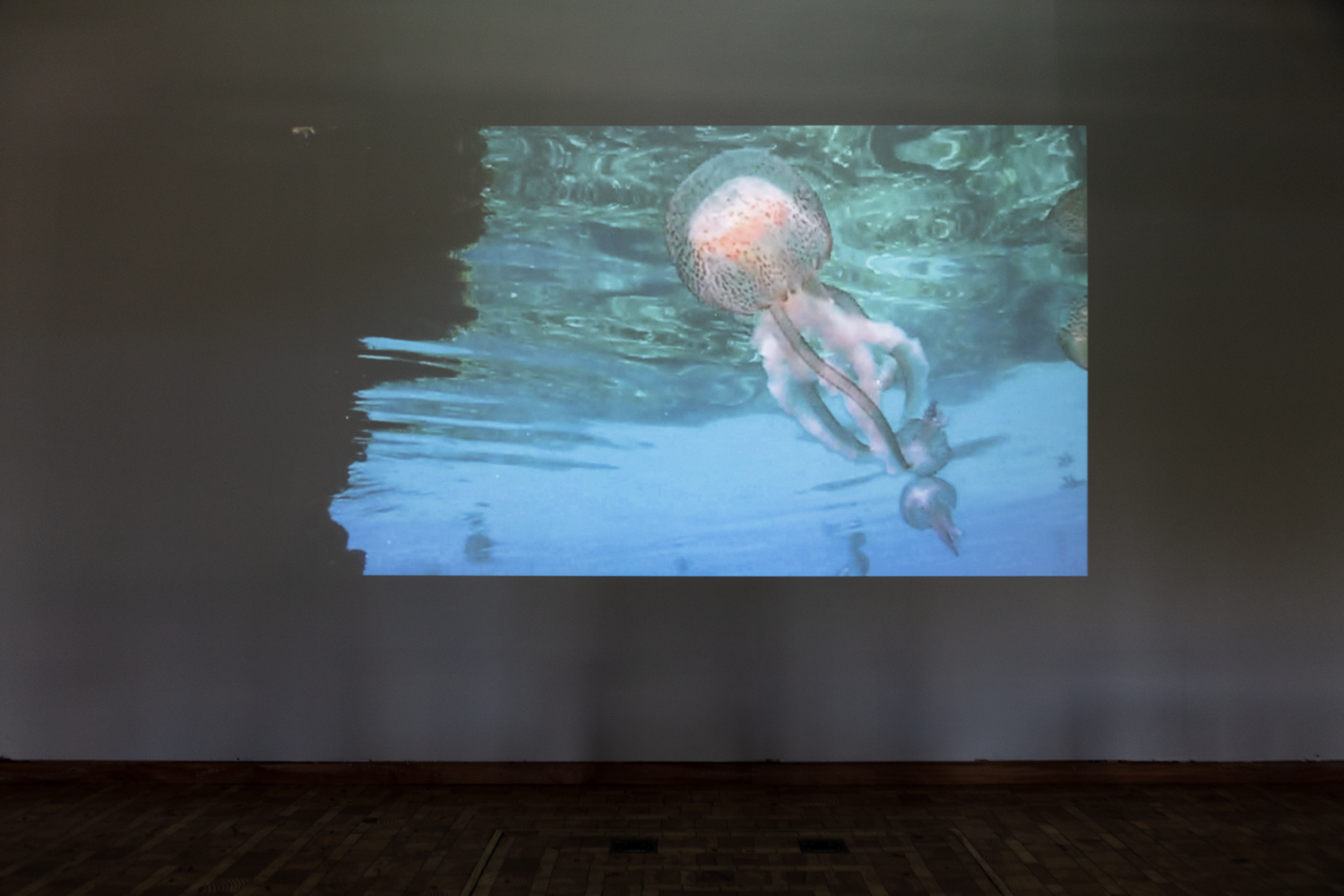
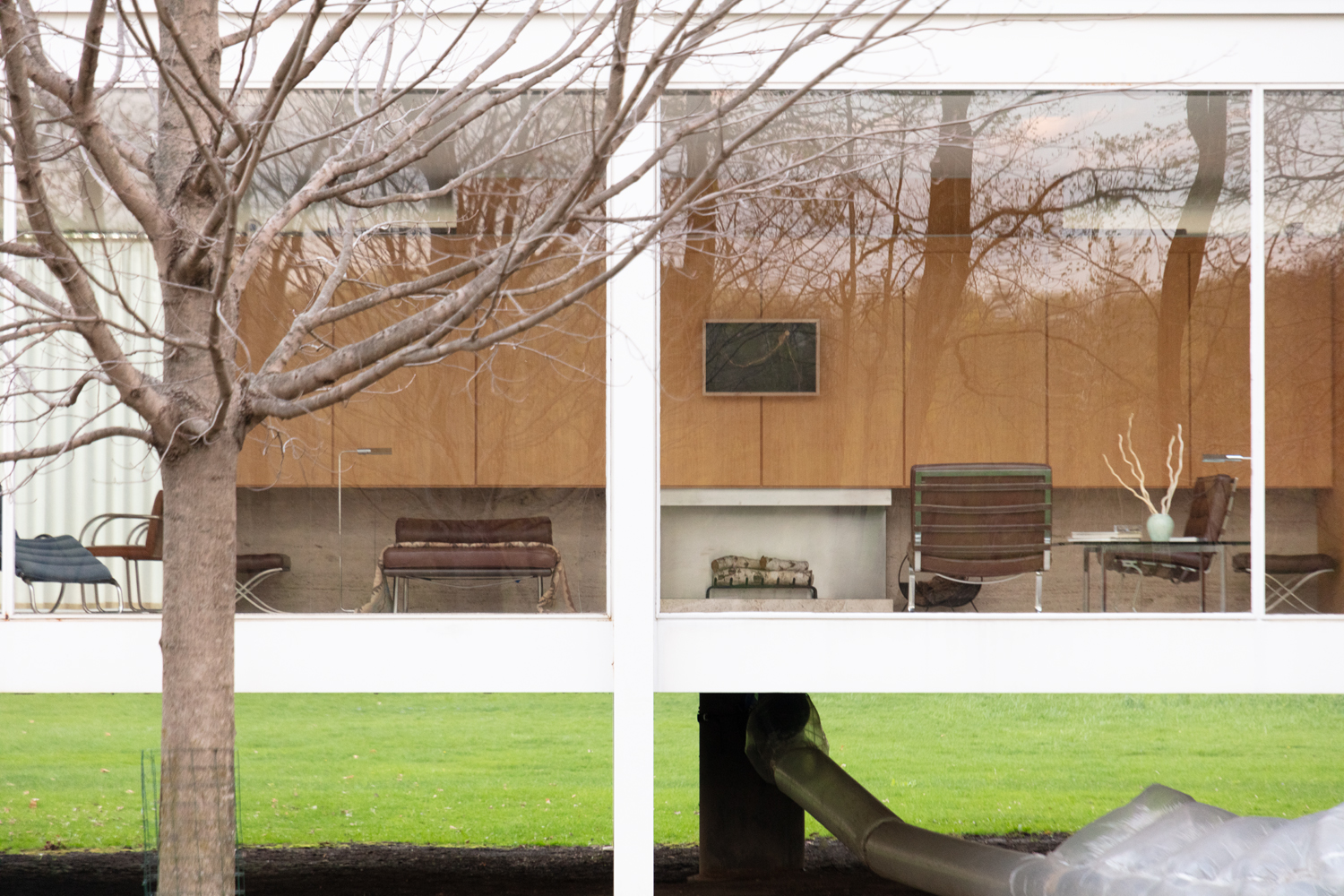
In 1970, a year before her passing, the eminent architecture critic Sibyl Moholy-Nagy penned a thought-provoking passage in "Chapter Three: Defenseless Breeders" from her unpublished manuscript, "Pragma." She boldly asserted that what truly distinguishes animal structures from their human counterparts is the seamless fusion of structure and space within the former. In the world of animals, structure isn't merely a means to bridge a functional void; it is the functional void itself, exemplified by the efficient structural designs of beehives, nests, and spiderwebs. Moholy-Nagy further underscored this notion by dubbing the renowned architects Mies van der Rohe and SOM as "The Last of Animal Builders," marking a stark departure from traditional architectural perspectives. With this declaration, she impelled us to delve into the intricate web of relations that intertwine the human experience with animals, nature, society, and the economy—architecture serving as the pivotal mediator and determinant. As we reinterpret the legacy of Mies van der Rohe through the prism of animality, Moholy-Nagy compels us to confront a multispecies ethics and politics, fundamental components in shaping our spaces and societies. Yet, her pronouncement of the end of animal logic within architectural modernity raises profound questions, hinting at the expectation that modern humans should transcend their animal condition. She posits architecture as the artificial matrix by which human societies refine their biological development. However, this argument inadvertently hints at a justification of modernity as an inevitable stage in evolution, thereby isolating it from its political dimensions.
At the heart of Moholy-Nagy's discourse lies a critical query: can we envision humanity as a chimeric entity, an organism capable of achieving limitless forms and configurations through the mediums of architecture, art, and technology? According to this line of thought, our humanity hinges on our capacity to fashion devices of chimerization—tools that enable not only survival but also transformation. These devices expand the horizons of our thinking, equip us to endure hostile environments, and even allow us to perceive and think through darkness. By aiming to think like other living organisms, we pave the way for a world where all potential intelligences can flourish.
Described as "defenseless breeders" by Moholy-Nagy, humans find their connection with fellow living organisms through a spectrum that ranges from mimicry and interdependence to, at its bleakest, exploitation and extraction. Drawing inspiration from the realms of animals, plants, minerals, and insects, we've molded our societies based on what we perceive as efficient interactions and behaviors. Regrettably, throughout the era of modernity and into our contemporary political landscape, the belief in the dichotomy between the human and the "natural" has done little more than exacerbate relations of exploitation rather than nurturing collaboration, coexistence, and mutually beneficial transformations.
This exhibition, inspired by Moholy-Nagy's radical explorations, turns the Edith Farnsworth House into a breathing organism. It showcases a curated selection of artworks from the Thoma Foundation's Art Collection, seamlessly blended with contributions from contemporary artists. These artworks collectively contemplate the profound impact of architectural modernity, minimalism, and capitalism on our perceptions of nature, humanity, non-human entities, and the economy. Spanning various mediums, including video installations, sculpture, and drawing, these works engage with the site's existing architecture, offering poignant reflections and poetics of destruction and regeneration. Speaking through plant, animal, and mineral metaphors, the artists delve into pressing social issues, the intricacies of human desire and transformation, our relationship with bodily fragility, and the complexities of thinking beyond the confines of anthropocentric power dynamics. Ultimately, this exhibition serves as an invitation to reimagine the intersecting realms of architecture, art, and human existence within an ever-evolving world.
At the heart of Moholy-Nagy's discourse lies a critical query: can we envision humanity as a chimeric entity, an organism capable of achieving limitless forms and configurations through the mediums of architecture, art, and technology? According to this line of thought, our humanity hinges on our capacity to fashion devices of chimerization—tools that enable not only survival but also transformation. These devices expand the horizons of our thinking, equip us to endure hostile environments, and even allow us to perceive and think through darkness. By aiming to think like other living organisms, we pave the way for a world where all potential intelligences can flourish.
Described as "defenseless breeders" by Moholy-Nagy, humans find their connection with fellow living organisms through a spectrum that ranges from mimicry and interdependence to, at its bleakest, exploitation and extraction. Drawing inspiration from the realms of animals, plants, minerals, and insects, we've molded our societies based on what we perceive as efficient interactions and behaviors. Regrettably, throughout the era of modernity and into our contemporary political landscape, the belief in the dichotomy between the human and the "natural" has done little more than exacerbate relations of exploitation rather than nurturing collaboration, coexistence, and mutually beneficial transformations.
This exhibition, inspired by Moholy-Nagy's radical explorations, turns the Edith Farnsworth House into a breathing organism. It showcases a curated selection of artworks from the Thoma Foundation's Art Collection, seamlessly blended with contributions from contemporary artists. These artworks collectively contemplate the profound impact of architectural modernity, minimalism, and capitalism on our perceptions of nature, humanity, non-human entities, and the economy. Spanning various mediums, including video installations, sculpture, and drawing, these works engage with the site's existing architecture, offering poignant reflections and poetics of destruction and regeneration. Speaking through plant, animal, and mineral metaphors, the artists delve into pressing social issues, the intricacies of human desire and transformation, our relationship with bodily fragility, and the complexities of thinking beyond the confines of anthropocentric power dynamics. Ultimately, this exhibition serves as an invitation to reimagine the intersecting realms of architecture, art, and human existence within an ever-evolving world.